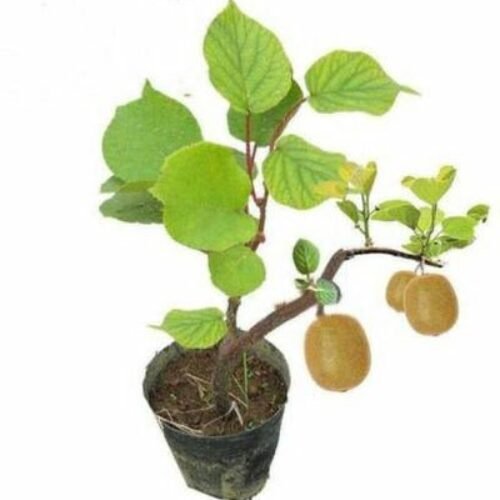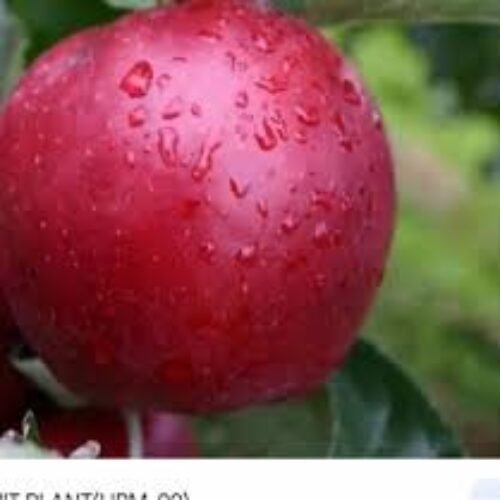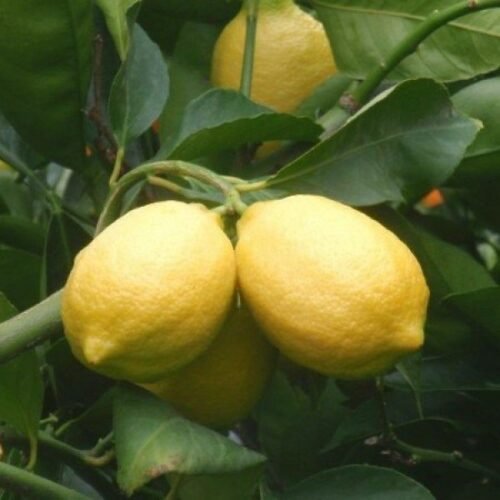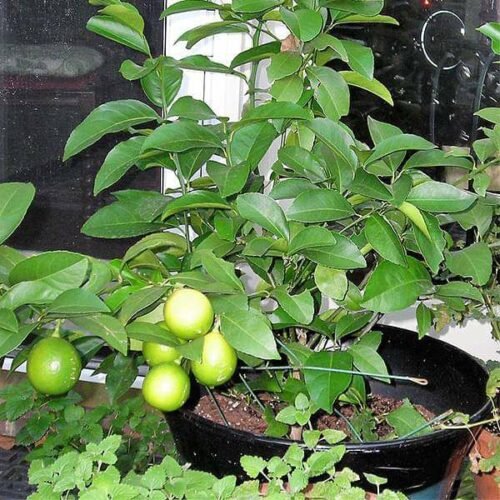Persimmon Fruit Plant Grafted
Original price was: ₹979.00.₹600.00Current price is: ₹600.00.
Did you like this product? Add to favorites now and follow the product.

+91-9596522051 Start WhatsApp Chat
Description
Persimmon (Diospyros kaki) is a delicious and nutritious fruit that is native to China but is also cultivated in various parts of the world. It belongs to the Ebenaceae family and is known for its sweet and slightly tangy flavor. There are two main types of persimmons: astringent and non-astringent. Here’s a general description of the persimmon fruit plant:
Tree Description:
Persimmon trees are deciduous, meaning they lose their leaves in the winter and regrow them in the spring.
They can vary in size, typically reaching heights of around 20 to 30 feet (6 to 9 meters), although they can sometimes grow taller under optimal conditions.
The tree has a rounded or oval-shaped crown with glossy green leaves that turn various shades of yellow, orange, or red in the fall.
Fruit Description:
The persimmon fruit is typically orange in color and resembles a tomato in shape, with a slightly flattened bottom.
The skin of the fruit is thin and delicate, and it may develop wrinkles as it ripens.
The fruit contains a few large brown seeds that are often seen near the center of the fruit.
When ripe, persimmons can have a smooth and creamy texture, similar to a mango or papaya, depending on the variety.
Types of Persimmons:
Astringent Persimmons: These varieties (such as “Hachiya”) are highly astringent when unripe, causing a puckering sensation in the mouth. They must be fully ripe and soft before eating.
Non-Astringent Persimmons: Varieties like “Fuyu” are less astringent and can be eaten while still firm, similar to an apple. They have a crisp texture even when ripe.
Cultivation:
Persimmon trees prefer well-drained soil and full sun to thrive.
They are relatively low-maintenance trees and are often grown in home gardens and orchards.
The trees are hardy in USDA zones 7-11, and some varieties can tolerate colder temperatures with proper care.
Harvesting and Storage:
Persimmons are usually harvested in the late fall, typically October to December, depending on the variety and location.
Ripe persimmons should be handled gently, as their delicate skin can bruise easily.
They can be stored at room temperature until fully ripe, after which they can be refrigerated for a few days.
Nutritional Value:
Persimmons are rich in vitamins (such as vitamin A and C), dietary fiber, and minerals.
They contain antioxidants that may contribute to overall health.
Culinary Uses:
Persimmons can be enjoyed fresh as a snack or incorporated into various dishes.
Non-astringent varieties like Fuyu can be sliced and added to salads, fruit platters, or eaten on their own.
Astringent persimmons like Hachiya are often used in baking, making jams, or as an ingredient in puddings and desserts.
Health Benefits:
Persimmons are a good source of dietary fiber, which can aid in digestion and promote a healthy gut.
They contain beneficial antioxidants, such as beta-carotene and lutein, which contribute to eye health and overall well-being.
Persimmons are low in calories and fat, making them a healthy option for those watching their weight.
Cultural Significance:
In some cultures, persimmons hold special significance and are associated with traditions and celebrations. For example, they are often enjoyed during the Japanese holiday called “Shiwasu no Okina,” which celebrates the arrival of winter.
Persimmon trees are valued for their ornamental beauty, particularly in the fall when their leaves turn vibrant shades of orange, red, and yellow.
Propagation:
Persimmon trees can be propagated from seeds, although this method may result in variations in fruit quality.
Grafting is a common method of propagation, allowing for the cultivation of specific varieties with desired characteristics.
Caring for Persimmon Trees:
Pruning: Regular pruning helps maintain the tree’s shape, improve air circulation, and encourage fruit production.
Watering: Adequate watering is important, especially during the growing season and when the tree is fruiting.
Pest and Disease Management: Keep an eye out for pests like aphids and diseases like powdery mildew. Proper care and maintenance can help prevent and manage these issues.
Global Production:
While persimmons are native to China, they are now grown in various countries around the world, including Japan, South Korea, Spain, Italy, and the United States.
Additional information
| Weight | 1 kg |
|---|---|
| Dimensions | 60 × 60 × 100 cm |










Reviews
There are no reviews yet.